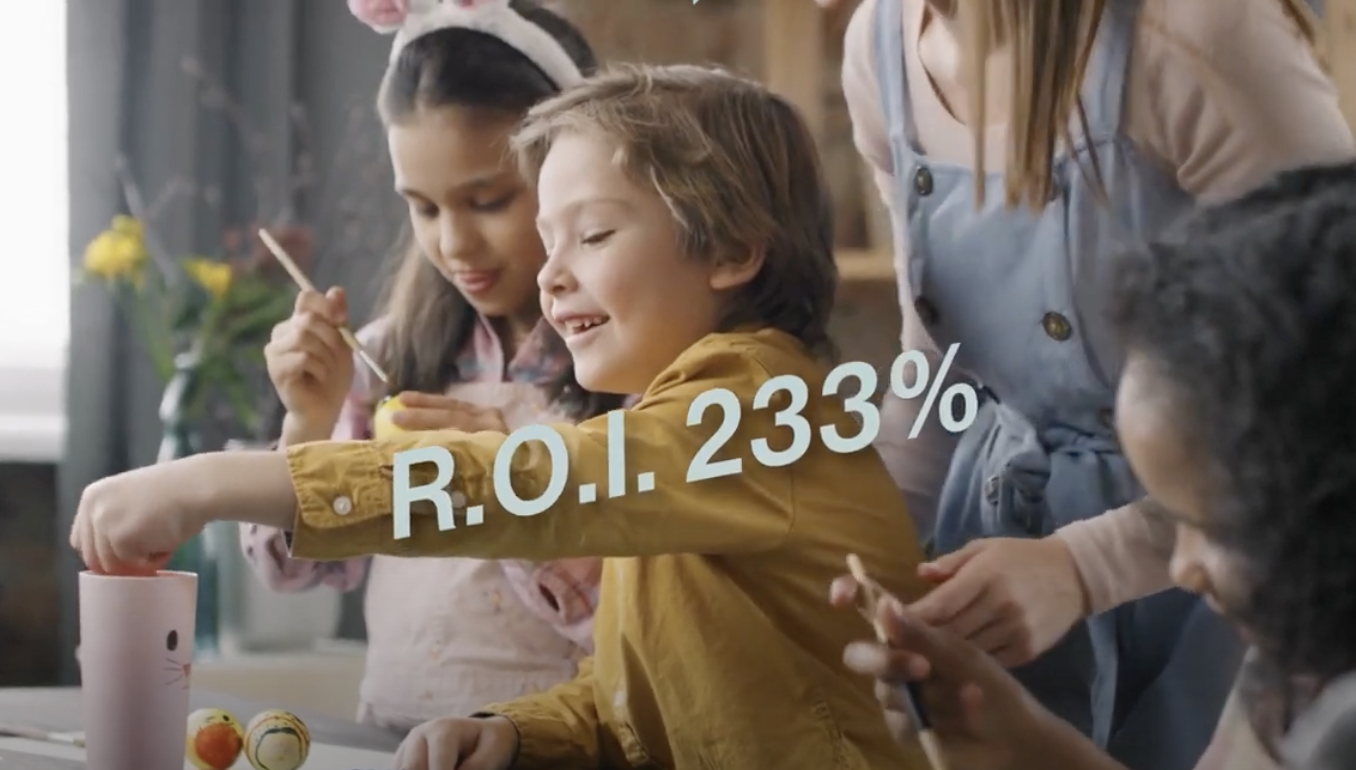They live among us – walking, talking, creating, posting, sharing. You might know one. You might even be one. Who are we talking about? The elusive nano-influencer. In an influencer culture where authenticity and engagement are arguably more desirable than reach alone, these small but mighty creators are quickly gaining notice from brands and agencies alike—Ketchum included. Here’s everything you need to know about them.

What is a nano-influencer?
Nano-influencers are generally defined as having between 1,000-10,000 followers on social media, especially Instagram—not to be confused with micro-influencers, who generally have between 10,000- 50,000 followers.
Other than their follower count, nano-influencers are often notable because they post about specific categories, such as adult acne or zero waste living, with audiences who are hyper-invested in their topics. In fact, audiences seek out these influencers because of their expertise on these really niche topics, which might not have a lot of relevant content elsewhere. That said, there are also nano-influencers in more traditional categories as well, such as food, beauty and travel.
Why are nano-influencers becoming more prominent?
Back in the early days of influencer partnerships, brands sought out influencers with large follower counts in order to ensure that the content achieved the highest reach possible. However, as the industry has evolved, brands have become wary of fake followers and spammy bots, and Gen Zers are showing a preference for “unfiltered” vs. “Insta-perfect.” This shift has resulted in reach taking a backseat to engagement and authenticity. In other words, if a tree falls in the woods and an influencer posts about it, but no one engage—did it even happen?
According to the State of Influencer Marketing 2019 report by HypeAuditor, the average Instagram engagement rate (ER) for influencers with 1 million+ followers is 1.97%, while the ER for influencers with 1,000 – 5,000 followers is 5.60%. The higher the ER, the more active the audience—and because nano-influencers tend to have personal relationships with many of their followers, their audiences tend to be very active.
Industry data also confirms a steady rise of smaller influencers overall. According to CreatorIQ, in 2016, for every macro-influencer campaign, there were three featuring micro- or nano-influencers. In 2018, that number tripled. For every macro-influencer campaign, there were nine featuring micro- or nano-influencers.
While more and more brands are partnering with nano-influencers, they are still a largely untapped group, mostly due to sheer volume. HypeAuditor’s report also estimates that 85.4 %of all Instagram influencers have between 1,000-20,000 followers, with 0.3 %boasting 1 million+. This gives brands a multitude of potential micro- and nano-influencer partners—decreasing the chance of working with partners who have overly branded feeds and making it easier—and cost-effective—to scale programming.
How do we find them?
You don’t have to look far. Ketchum’s influencer discovery and platform management tools have thousands of nano-influencers to choose from. In fact, a quick search yields about 10,100 total nano-influencers, with over 2,000 of those influencers averaging at least a 6% engagement rate on Instagram.
How do we use them?
Ketchum is already working with nano-influencers on our clients’ behalf in a variety of ways, from national giveaways to hyper-local event attendance—and we’re predicting that our clients will have appetite for even more nano-influencer programming in the year to come. Expect to see them fully engrained in programming strategies, from being featured in campaign creative to working in an always-on capacity.
If you are interested in brainstorming ways to activate nano-influencers—or influencers of any size—in 2020, reach out to the influencer team to chat!



